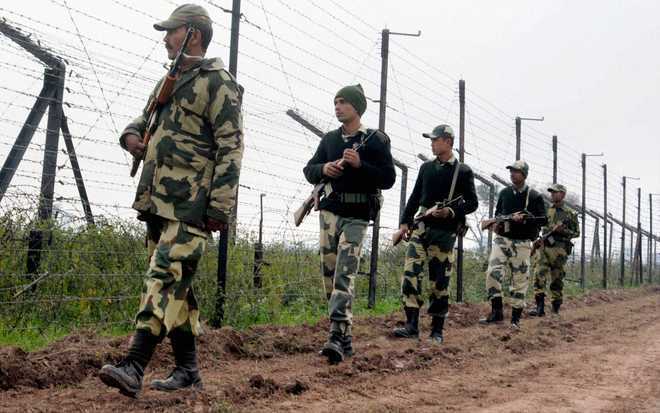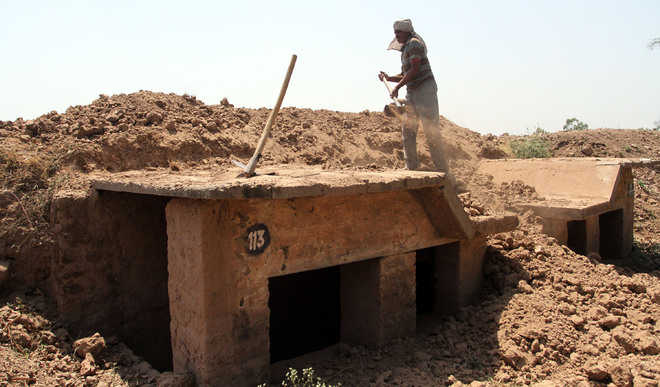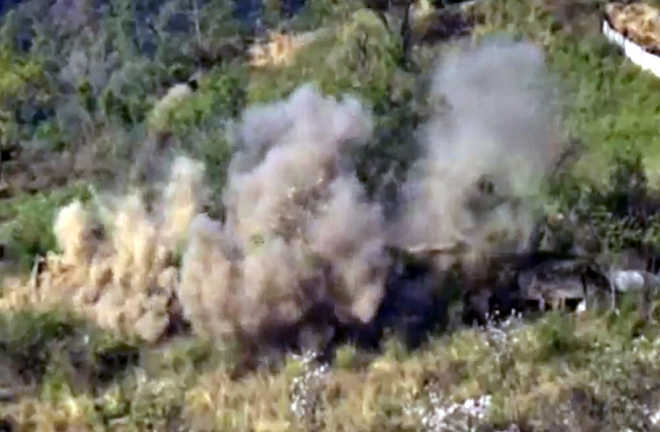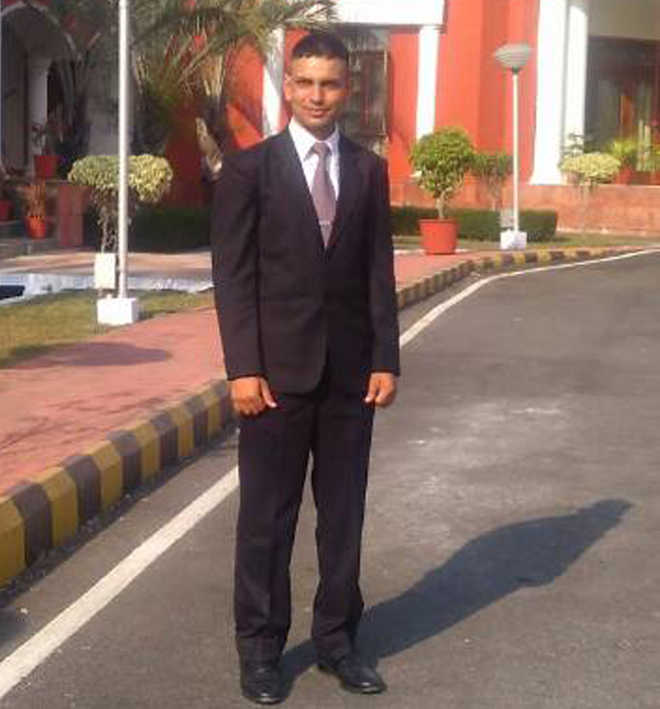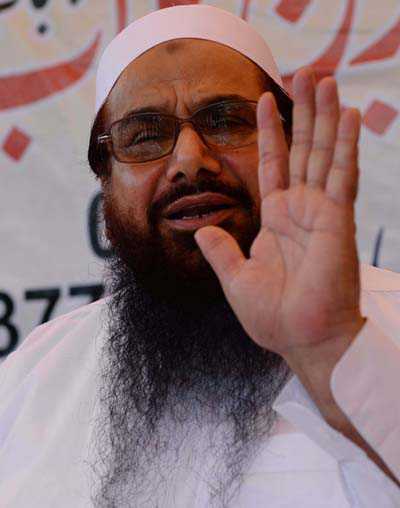Readers may recall my piece, also in Swarajya, which explains fire assaults and the context in which they are employed at the Line of Control (LoC) in detail. This is a follow up to that piece but with an updated context of the situation in Kashmir and at the LoC in particular.
I must begin by reiterating that nothing is ever an isolated event in the context of Jammu and Kashmir conflict; every event has multiple links.
He who cannot join these dots is doomed to read the situation within a narrow prism. The fire assault at the LoC shown in captured visuals on Indian television channels, with the usual din of support and criticism, is not just a mere retaliation to the beheading incident three weeks ago.
The backdrop to this assault is, several incidents of heightened street turbulence in the Valley; the criticism against the action of Major Gogoi for using a local Kashmiri citizen as a human shield; the major infiltration attempt in the Naugam sector on 21 and 22 May 2017 and finally the Kulbhushan Jadhav case being argued in the International Court of Justice.
Someone could even make this more strategic by drawing links to the Indian absence at the Belt and Road Initiative conference. It is clear that the action at the LoC and the release of the video is a strategic message to various parties; this includes the international community, Pakistan’s civil and military leadership, terror groups and also internal agencies and stakeholders within India. It’s a larger political message that India will not hold back if hit and that escalation including possible permanent abrogation of the ceasefire are no longer factors.
The first link is the obvious one, a response to the beheading incident in the Krishna Ghati area of Poonch sector three weeks ago. I must reiterate and reinforce a truism about operations at the LoC. It is one of the most complex parts of the conflict spectrum not witnessed in any part of the world.
Experienced officers will always tell you that the really successful leaders in LoC operations have been those who know the ground like the back of their hands, have the fullest confidence of having trained their men, taken all the defensive precautions before they conduct offensive actions, have the ability to think a couple of levels higher than the level at which they function and never look at issues in shades of black and white; everything for them is grey and impact of actions is viewed from angle of second and third order effect.
It is an area where the situation transforms from the sub-tactical to strategic in a matter of minutes. Therefore it is not just a case of firing a couple of missiles, rockets or guns and placing a few extra men for security or even attempting eye for eye each time you are at the receiving end.
Haste is the worst enemy but so is an inordinate delay. A strategy as per the season for different sectors has to be drawn up.
While being offensive one has to consider the terrain related vulnerabilities of the flanks or other sectors where adversary response could well be launched, but yes all this works two ways. The adversary can replicate everything you do.
For me, the ideal response to a rogue action is retribution just as I explained in the earlier article with the example of one of our units, 22 Rajput who struck back one day in July 2008.
It responded the same night that it was hit and they destroyed the post from where the assault on its men took place. This is idealistic and cannot always be done because surprise may not always be in our hands.
This action took the Pakistanis by complete surprise and broke the back of every reprisal they attempted after that. If the response is not immediate, then it has to be thought through as a strategy but must come in a time frame when it makes a difference, just like the surgical strikes on 28 September 2016.
The LoC is all about morale and motivation; it is about domination which must be demonstrated in intent and execution.
The decision of the Army to go public with video of its fire assault is to keep up with the times where the public interest is much greater today thanks to the 24/7 television channels.
It leaves little scope for speculation although the Pakistan Army with its propensity for denial will quite obviously deny it. It will also attempt reprisal for the loss of its credibility and for that the Indian Army has to be thoroughly prepared.
The Pakistan Army is a professional force and has a strategy of its own. What the public must be aware of is the fact that there will always be vulnerabilities at the LoC as there are smaller posts deployed for counter-infiltration and all do not have the benefit of the LoC Fence ahead of them. We may be hit as part of escalation, but we must hit back harder.
Where is the link between the fire assault in Naushahra and the events of the Valley?
The severe infiltration attempts over the last three days in the traditional areas of Naugam and Machil prove that there is going to be no respite to attempt achieving a higher presence of foreign terrorists in the Valley.
It is necessary for the deep state to do this if it wishes to have more control over events there. The information blitz by the Army openly reveals that it will employ all means to make this desire as costly as possible and in the process deny any increase in strength of terrorists. What has been demonstrated at Naushahra can well be demonstrated at Uri, Naugam, Tangdhar or Keran. We have seen this happen in the heydey when there was no ceasefire (before 26 November 2003).
So is the ceasefire dead and buried? It appears so, and India should have no hesitation in stating that.
Even with its farcical existence, we must plan proactive domination of the LoC and not leave it to only responses. At the least the next time an attempt at infiltration is made from anywhere in the Nilam Valley let the feeder road be closed to both Pakistan Army and its civil population.
In 2011 the inhabitants of the Nilam Valley had demonstrated in front of the local authorities and expressed their annoyance at the presence of Pakistani terrorists because they felt that an Indian response would be inevitable.
I would like to extend the argument a bit more. The release of the fire assault video was immediately followed by a recorded interview of Major Gogoi of 53 Rashtriya Rifles, the officer who saved many lives through by using a local Kashmiri citizen to deter stone throwers and others who were baying for the blood of some law enforcement officers and election officials.
Human rights activists have attempted to label the action as a gross violation of human rights, but the Army conducted an inquiry and apparently declared him innocent of any wrongdoing.
The interview was a first of its kind where the Army has transparently released its version through a narration by the officer who was at the centre of the controversy. The action of Major Gogoi itself had created several opinions, and now the act of allowing him to go on air is once again drawing different responses.
To me, this entire proxy conflict in Kashmir remains unconventional and hybrid with unseen circumstances emerging every other day. Conformist and conservative actions do not give us the upper hand. In the information age, the use of the information domain by the Army to imprint its version is necessary. I have been critical, of the Army and the Nation’s reluctance to use the information domain more productively for generation of a favorable opinion. The action will have its naysayers but largely should find favour with the public and professionals alike.
In the larger dimension of so many events which are related to Pakistan including the Kulbhushan affair, India has mostly been responding. From a strategic point of view, it was important to send a greater message of India’s intent to safeguard its interests. The handling of the information domain more proactively may be the beginning of India’s much-awaited means of strategic messaging.
Lastly, fire assaults have their effect; demonstrating them publicly and taking ownership could run the risk of escalation.
India appears to have catered for this and is willing to take it beyond. Perhaps, for too long a perception seems to have been created that its threshold of tolerance is pitched extremely high due to an inherent fear of a nuclear escalation.
That bluff needs to be called. Let the Pakistan leadership realise that this time it may have gone beyond its own brief.











